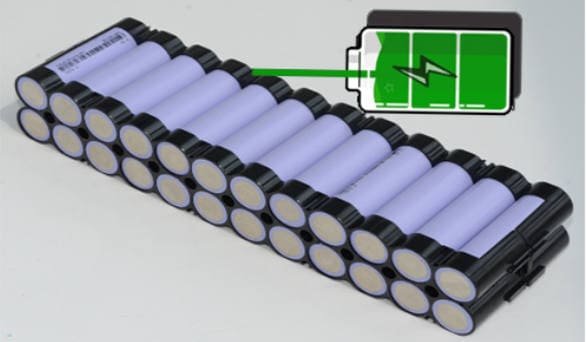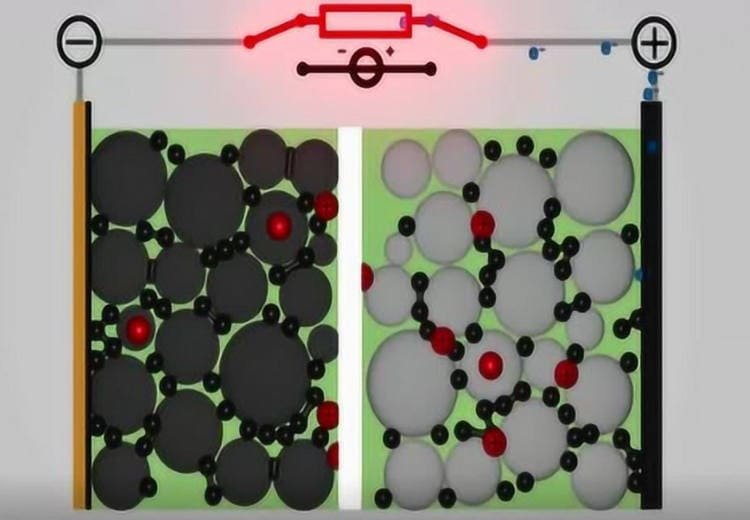In this fast-paced digital age where our lives are filled with electronic devices, lithium-ion batteries have become an integral part of our daily lives. Properly charging lithium-ion batteries not only extends their life, but also ensures their safety. This article introduces lithium ion battery charging tips, hopefully it can provide you with some help.
Lithium ion Battery Charging Tips

Understanding the Importance of Proper Charging
Following the correct lithium-ion battery charging method can go a long way in extending the life and performance of lithium-ion batteries.
One of the key factors to consider is the optimal charging voltage and current level. Lithium-ion batteries have specific voltage and current requirements for efficient charging. A charger that meets these specifications must be used to prevent overcharging or undercharging, both of which can lead to shortened battery life and potential safety risks.
Another aspect to keep in mind is the rate of charging. As a battery charges and discharges, the cathode and anode of the battery shrink and expand as ions are released and absorbed. While fast charging your device saves time, fast charging for an extended period of time can damage the chemicals on the battery, resulting in a shorter battery life. During fast charging, the thermal effect of the current is exacerbated by the higher current, causing the battery to develop high temperatures, which can also permanently damage the cell. Choosing a slower, more controlled charging method can help extend the life of your battery.
Common Mistakes in Charging Lithium-ion Batteries
The wrong way of charging lithium-ion batteries can have a negative effect on them. There are several common mistakes:
1. The device is left fully charged overnight or plugged in for long periods of time. This constant trickle charging may cause the battery to be stressed, which may shorten its life.
2. Expose lithium-ion batteries to extreme temperatures for charging. High temperatures accelerate the aging process of the battery, while very low temperatures can cause the battery to temporarily lose capacity. Avoid charging equipment at extreme temperatures.
3. Use of mismatched chargers. Using incompatible chargers or third-party charging cables may also be detrimental to the health of your battery. These chargers may not provide the optimal voltage and current levels needed for efficient charging, leading to potential safety hazards and reduced battery performance.

Best Practices for Lithium-Ion Battery Charging
To ensure you get the most out of your lithium-ion battery, here are some best practices to follow:
1. Avoid overcharging: unplug the device promptly after it is fully charged.
2. Avoid using the device while charging.
3.Use a compatible charger: always use the charger recommended by the device manufacturer to ensure optimal charging performance.
4.Charge at the right temperature: place the device in a temperature-controlled environment during charging to prevent unnecessary heat or cold exposure.
5.Avoid fast charging: while a fast charger may be convenient, it usually affects the cycle life of the battery.
6. Avoid deep discharging: try to avoid letting the battery drain completely before charging, as this puts additional stress on the battery.
By following these best practices, you can significantly extend the life and performance of your lithium-ion battery.
Safety Precautions During Lithium-Ion Battery Charging
While lithium-ion batteries are generally safe, it is important to take certain precautions during charging to minimize any potential risks.
1.Use original charger: always use the charger provided by the device manufacturer or a reputable third-party charger that is compatible with your device.
2.Avoid unattended charging: whenever possible, avoid leaving the device to charge unattended, especially overnight or for long periods of time.
3.Check the charging cable: periodically check the charging cable for any signs of damage, such as frayed or exposed wires. Replace damaged cables immediately to prevent any safety hazards.
4.Avoid charging near flammable materials: keep the device away from flammable materials when charging to minimize the risk of fire or other accidents.
5.Follow the manufacturer’s guidelines: manufacturers know their batteries best, so always refer to the manufacturer’s guidelines and recommendations when using and charging them.
Summary
In summary, when charging lithium-ion batteries, remember to consider factors such as voltage, current, temperature, charge time and capacity. Following these can further extend battery life and ensure a safe charging experience.
Finally, always refer to the manufacturer’s guidelines and recommendations for charging your specific device. So that you can use your device for a longer and safer time and to its fullest potential.
